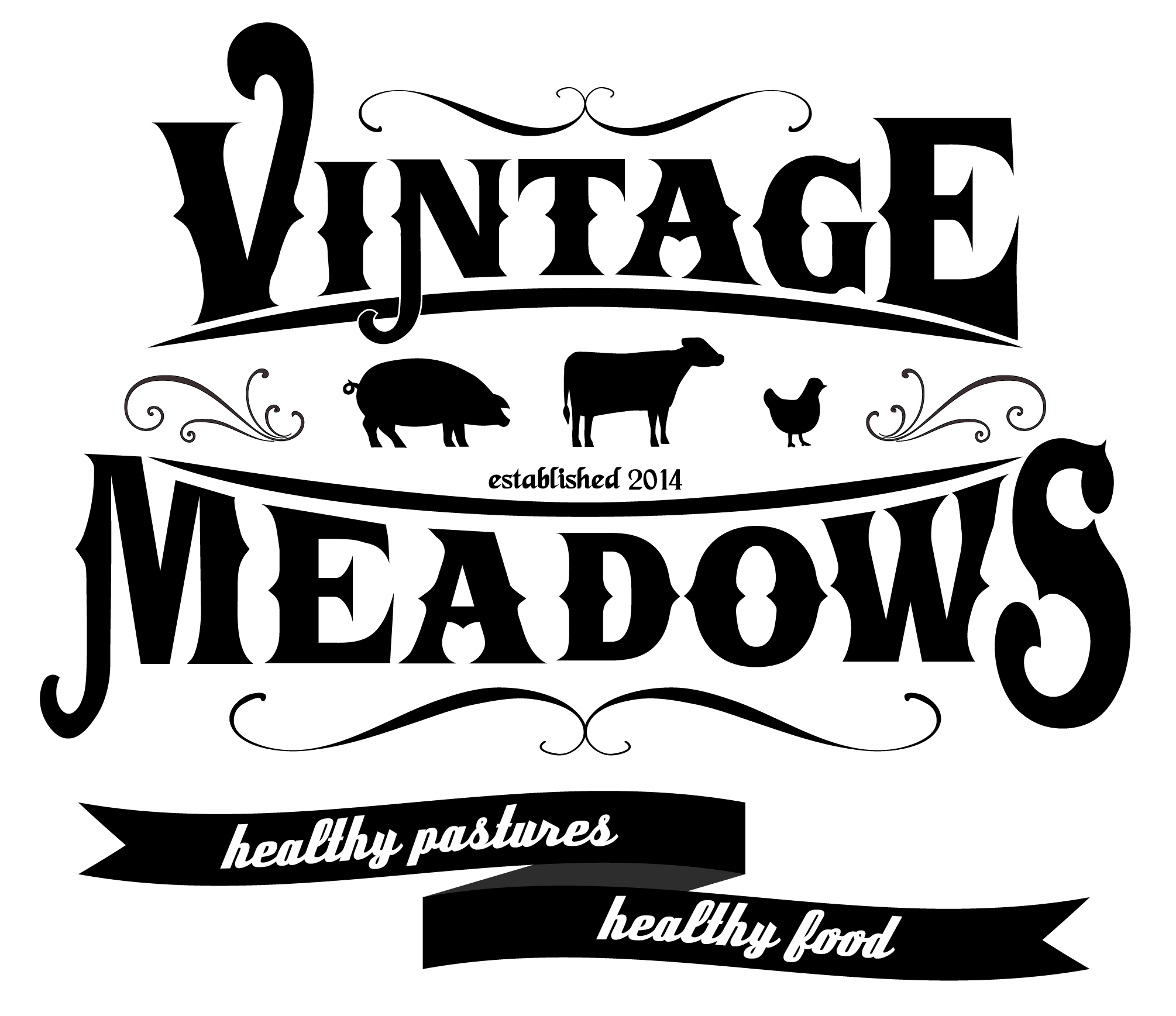Thriving Livestock in Subzero Temps
The Midwest has the blessing of experiencing four glorious seasons every year, something not every American has the privilege of enjoying. And through all four seasons, our animals enjoy life outside, embracing the elements and utilizing their shelters when needed. Cattle and pigs, two animals we raise a lot of onsite at the farm, have special characteristics that allow them to thrive in the outdoor weather through the changing seasons.
Cattle
One of our cows on the farm
Cattle were designed to live outside and have unique characteristics that allow them to thrive in harsh winter conditions. The body of a cow works hard to maintain its internal body temperature of 101 degrees Fahrenheit. If a healthy cow has a heavy winter coat, she can easily withstand temperatures as low as -20 degrees! However, if cattle are not healthy or properly provided for, they can experience cold stress, where their body temp drops and can change their natural behavior.
But cattle cannot simply be thrust into freezing temps. In a process known as acclimation, the cattle need to live outside in the months leading up to the cold in order for their bodies to prepare for the colder temperatures. During this acclimation process, they grow their heavy, hairy winter coats.
Two things are needed for outdoor cattle comfort during harsh winter storms: windbreak and dry bedding. A windbreak is a sort of structure that offers some protection from the wind. This can be a manmade structure or trees or hedges. Cattle will go in search of a windbreak and will even prioritize finding a windbreak over food and water in harsh winter weather. During storms or blizzards, farmers may strategically place the cattle’s food to encourage them to congregate together - their body heat will help keep the group warm. Although they have natural instincts to stay together, a little encouragement never hurts.
Cattle also need more food to keep them warm during extreme temperatures. When the temperature drops from 32 degrees Fahrenheit to 0, cattle will eat about 30% more food. Keeping water accessible is important because without enough water, the cattle won’t eat as much which affects their ability to keep each other warm. If water isn’t available, cattle’s preservation instincts will prompt them to eat snow to get hydrated.
Pigs
What a happy little fellow on the farm!
As we read above, cattle are pretty low effort when it comes to keeping them comfortable outside. Pigs require a little more attention! Pigs have a “thermal neutral zone,” which is an optimal temperature range for the animal. When their body temperature is within this range, their bodies prioritize nutrients for building meat or reproductive tissues, rather than struggling to maintain body temperature. Pigs have a narrow thermal zone, which means that farmers need to be aware of their heating and cooling needs as the weather dictates. Our pigs have access to both shelter and the outdoors. Pigs are smart enough to know when they need to warm up (or cool down). When it gets chilly, they head inside and cuddle up together in the warm straw bedding. The shelter and the community body heat help regulate their temperature.
If pigs are consistently too cold, they quickly become a financial strain on the farmer, and their value decreases rapidly. They’ll eat more in an attempt to stay warm, but they won’t grow because their bodies are busy turning the food into body heat rather than digesting the nutrients. The bigger the pig and the colder it gets, the more food it needs. However, simply feeding the pigs more food is the wrong way to keep them warm. That would be like trying to fill up a bottomless cup with water: continuously filling but never getting any benefit from it. By maintaining an optimal temperature for the pigs, they’ll be at their most efficient nutritional state. Additionally, healthy pigs ought to have a layer of fat all over their bodies. Not only does it help them taste good, but it also works to insulate them when it gets cold outside!
The cattle and pigs at Vintage Meadows live happy lives throughout the changing seasons. Signs of contentment and well-being that we recognize include interaction with the farmers, eagerly consuming food and water, and healthy activity levels. It is amazing how these animals adapt to the changing weather conditions. They don’t just survive the cold winter months (like it feels for us humans!), but, by utilizing their unique biological qualities, they thrive.
References
Armstrong, J. & Johnson, K. (2021). Preparing your cattle for severe winter weather, University of Minnesota Extension. https://extension.umn.edu/beef-cow-calf/preparing-your-cattle-severe-winter-weather
Hines, E. (2023, March 6). Cold Temperature Management for Pigs, Penn State Extension. https://extension.psu.edu/cold-temperature-management-for-pigs


